The Wonders Beyond Planets : Exploring Asteroids, Comets, and More in Our Solar System ( Author : Harmanjot Singh)
Our solar system is a vast and fascinating place, filled with a wide variety of celestial objects beyond just the planets. In this blog post, we will explore some of the most fascinating objects in our solar system, including asteroids, comets, and more.
Asteroids: The Building Blocks of Planets
Asteroids are small, rocky bodies that orbit the sun. They range in size from just a few meters to several hundred kilometers in diameter. The largest asteroid in our solar system is Ceres, which is also classified as a dwarf planet.
One of the most interesting things about asteroids is that they contain a wealth of information about the early history of our solar system. Scientists study asteroids to learn more about the formation and evolution of the planets, as well as to better understand the potential risks of asteroid impacts on Earth.
Comets: Fiery cosmic wanderers enchanting skies
Comets are icy bodies that originate from the outer reaches of our solar system. As they approach the sun, they heat up and release gases, producing a spectacular tail that can be seen from Earth.
Comets are important because they contain some of the oldest and most pristine materials in our solar system. Scientists study comets to learn more about the origins of our solar system and the building blocks of life.
Kuiper Belt Objects: Fractal ice mountains orbiting endlessly
The Kuiper Belt is a region of our solar system beyond the orbit of Neptune that is home to a large number of small, icy objects.These objects are similar in composition to comets and are thought to be leftover remnants from the formation of the outer planets.
One of the most famous Kuiper Belt Objects is Pluto, which was once considered the ninth planet in our solar system. However, in 2006, it was reclassified as a dwarf planet.
Oort Cloud Objects:
The Oort Cloud is a hypothetical region of our solar system that is thought to be home to a vast number of icy objects. These objects are believed to be the source of long-period comets that occasionally pass through our inner solar system.
For detailed description of Oort Cloud please watch below Youtube session:
While the Oort Cloud has never been directly observed, its existence is supported by observations of comets and other small bodies in our solar system.
Meteor shower: Starry spectacle of shooting stars
The Meteor Data Centre lists over 900 suspected meteor showers of which about 100 are well established.
Several organizations point to viewing opportunities on the Internet.
NASA maintains a daily map of active meteor showers.
Conclusion:
The objects in our solar system beyond just the planets are fascinating and provide a wealth of information about the early history and evolution of our solar system. From asteroids to comets to Kuiper Belt and Oort Cloud objects, studying these celestial bodies helps us better understand our place in the universe.
Author : Harmanjot Singh



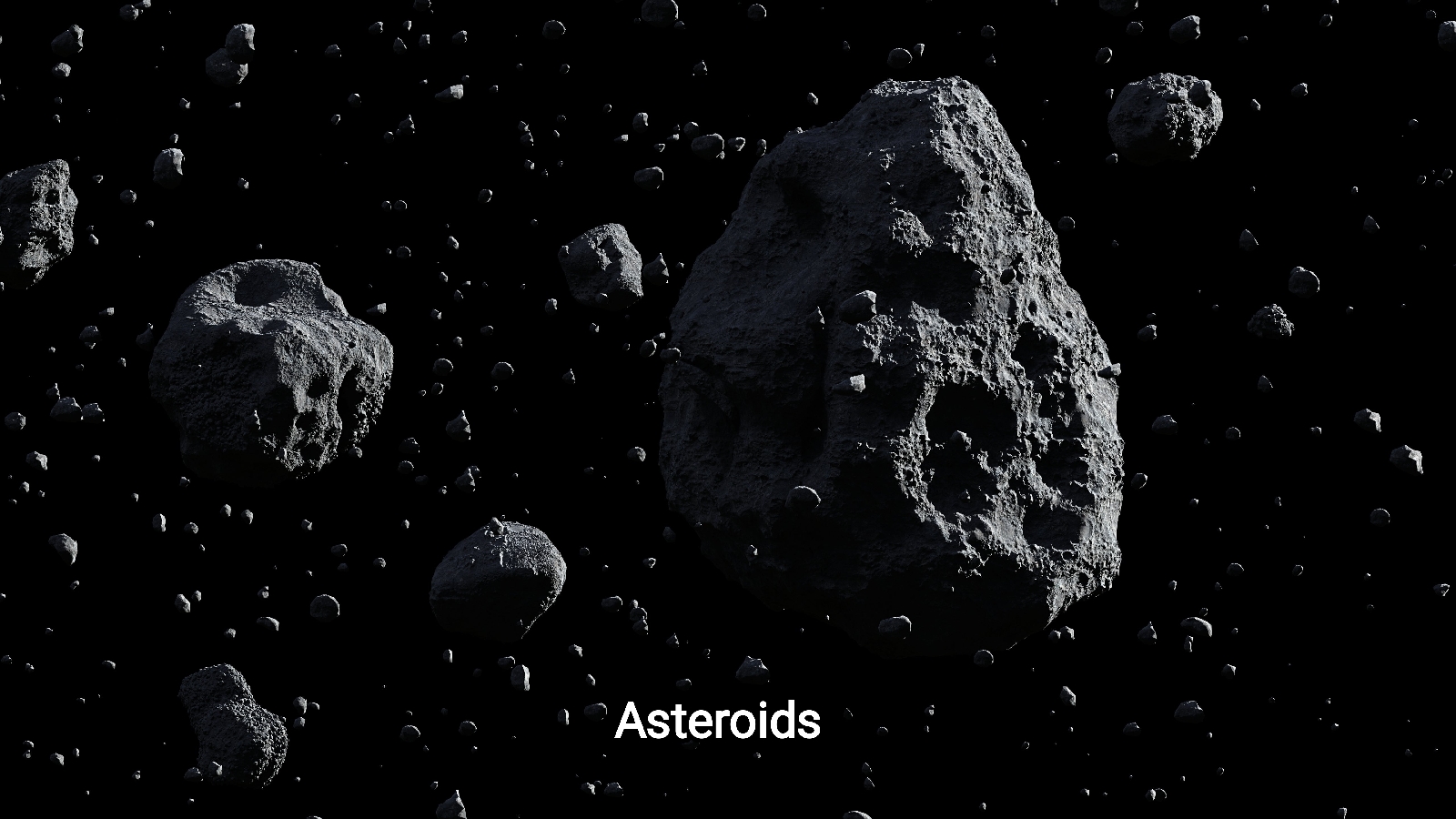

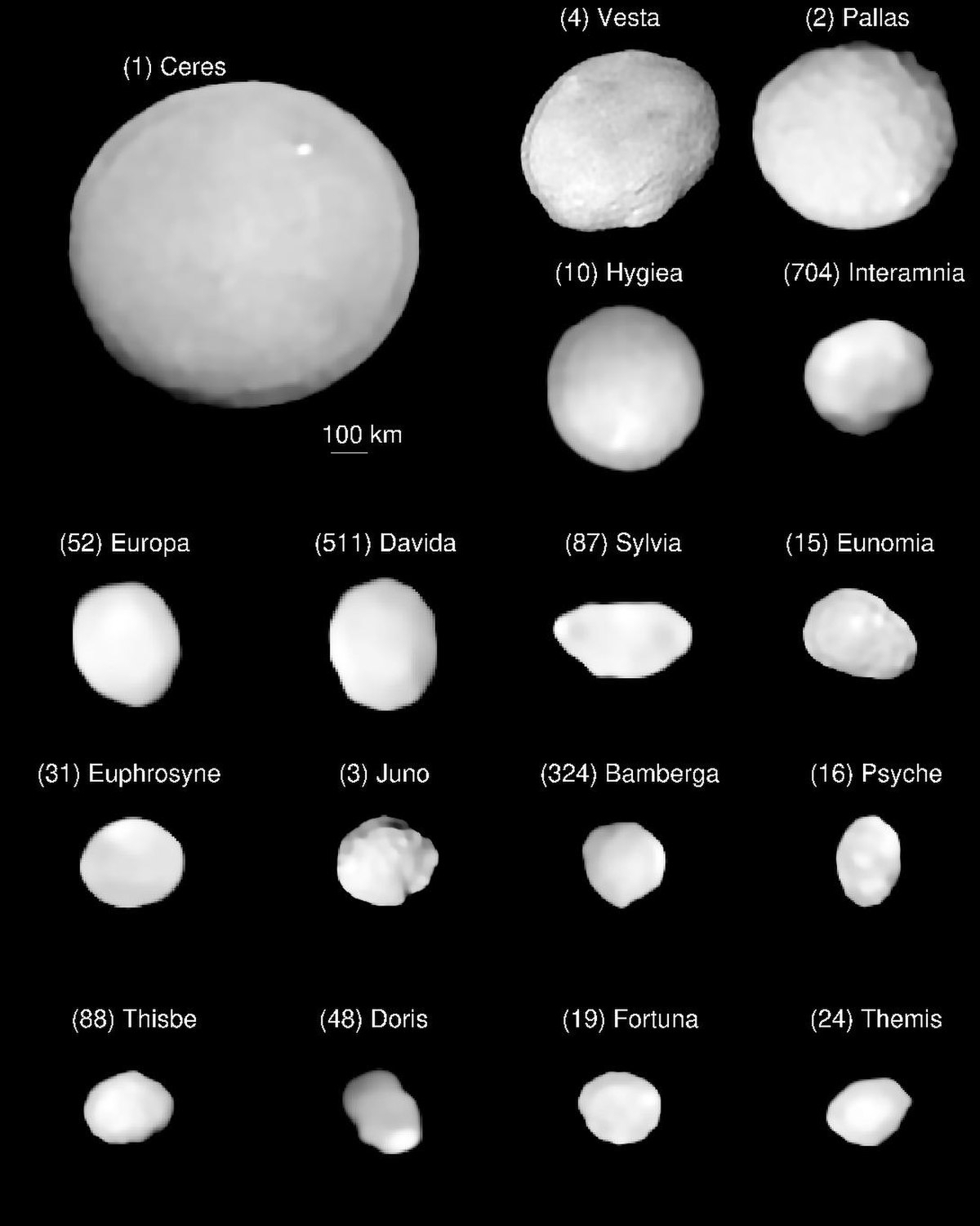
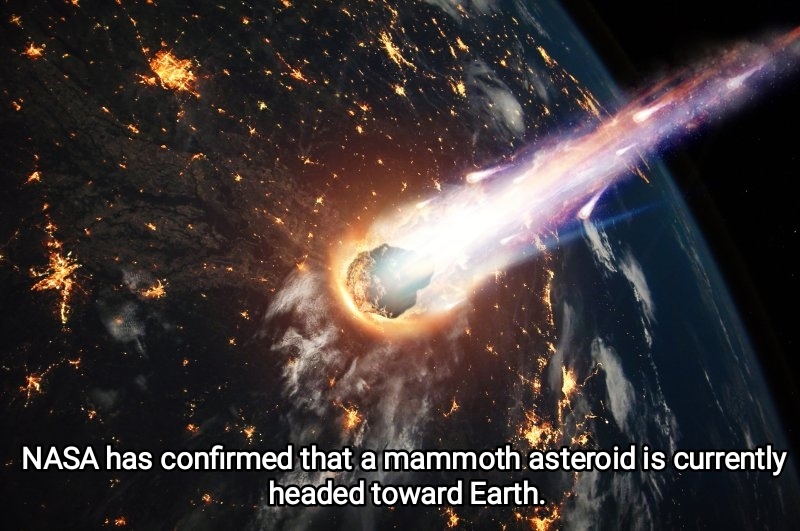

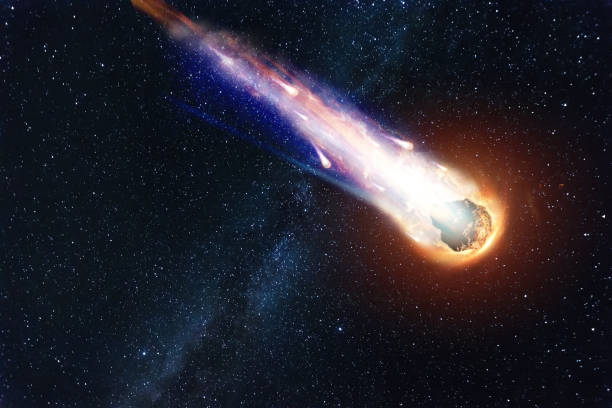


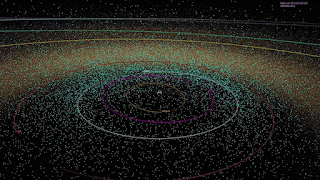


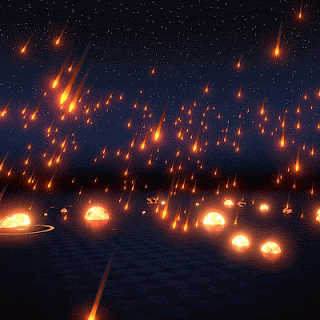







Comments
Post a Comment